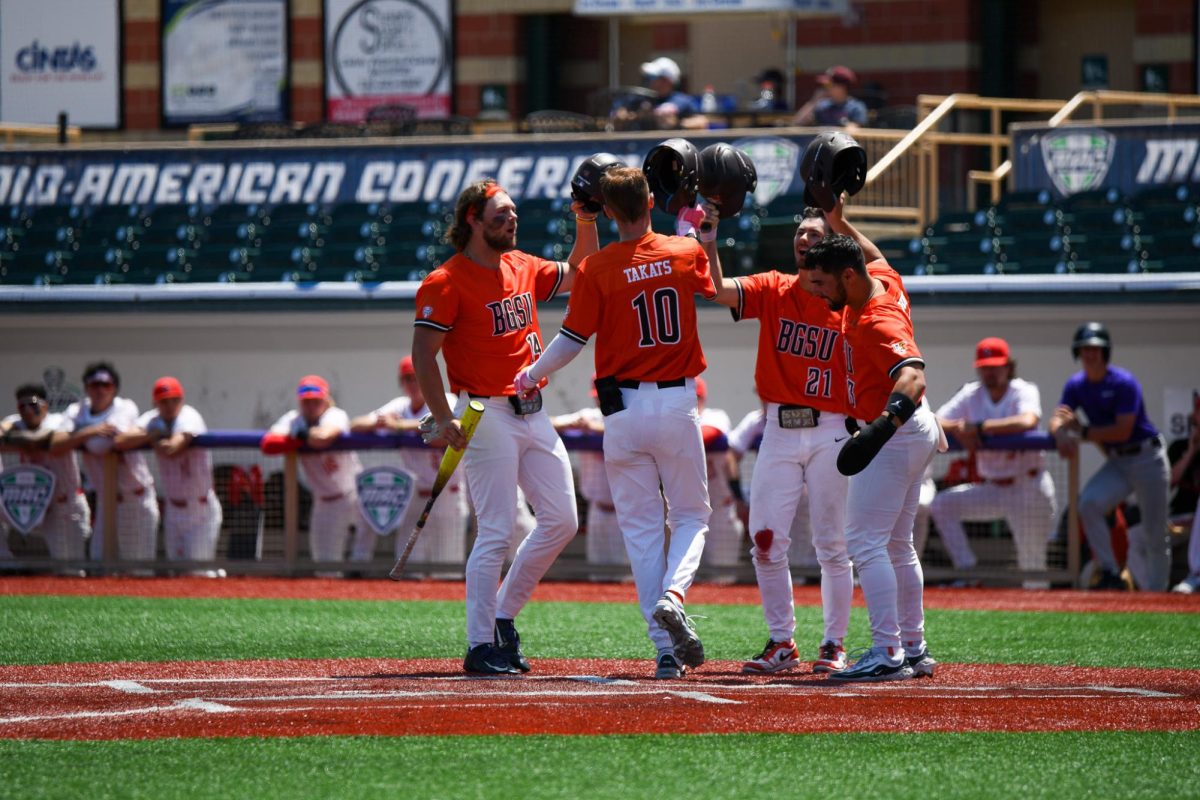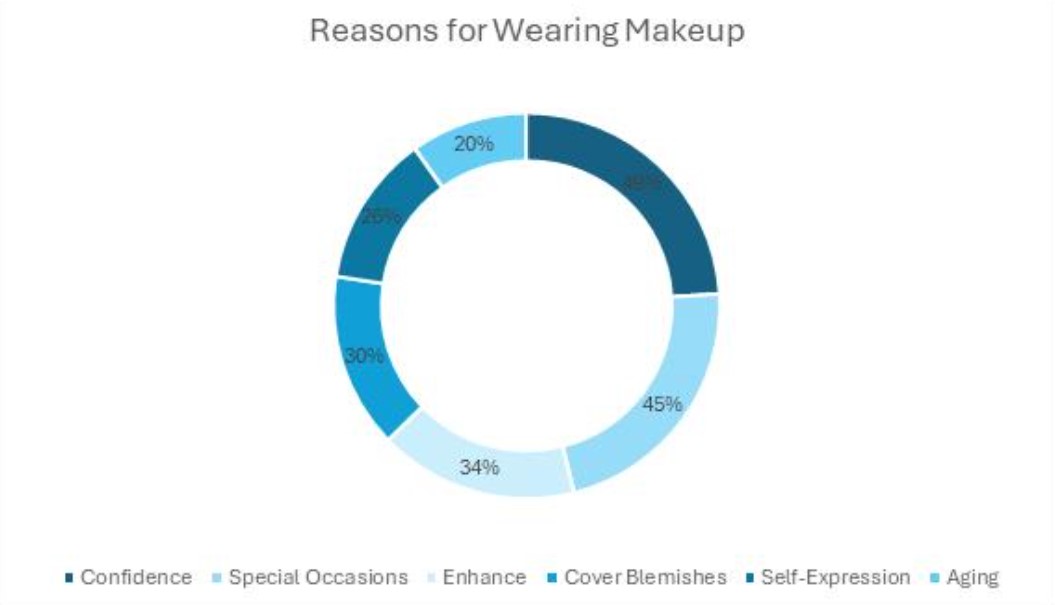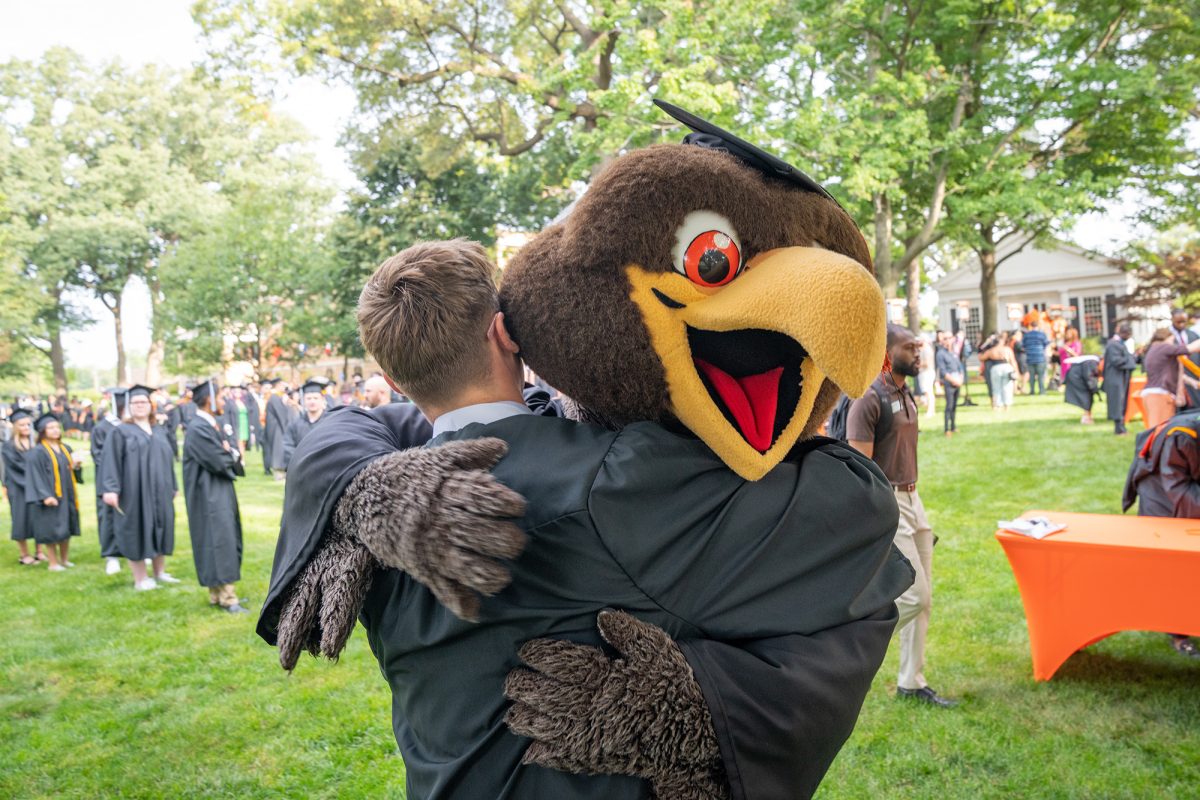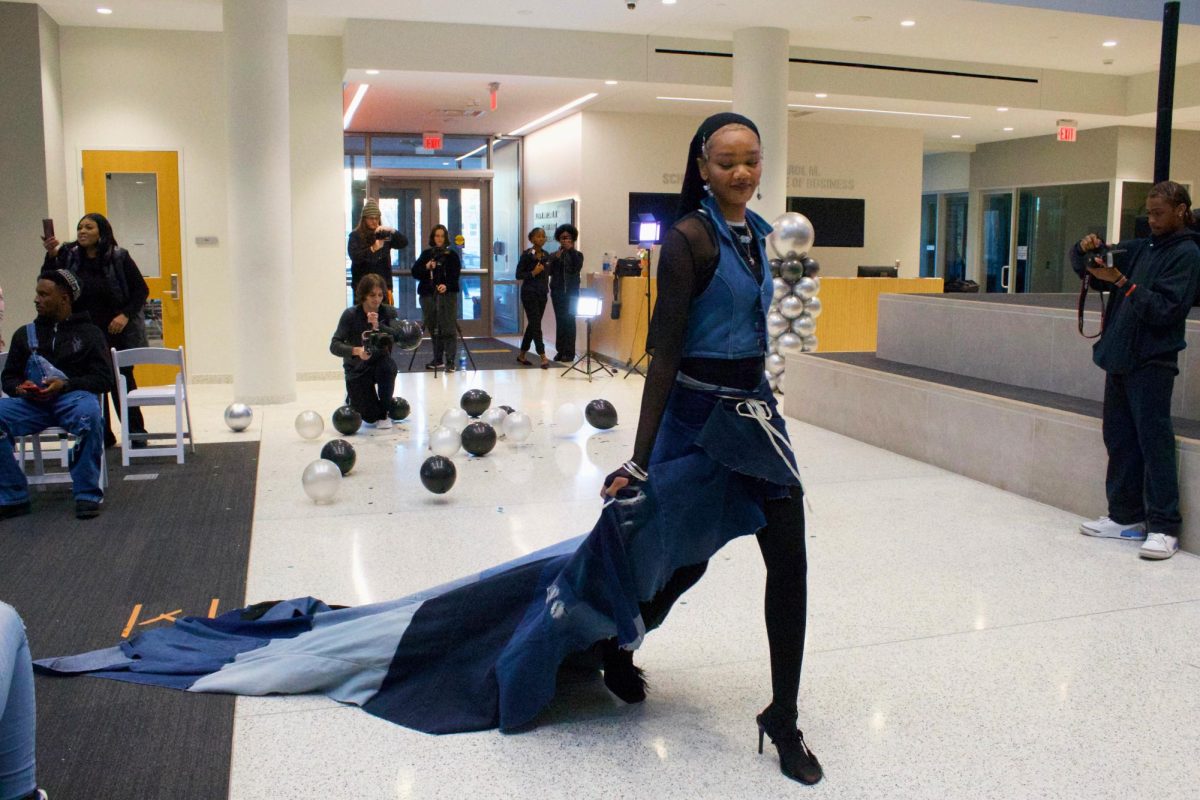ATLANTA – It’s no accident that they are meeting again for a championship. Calling it pure coincidence might not be totally right, either.
Florida and Ohio State are dominating marquee college sports like no two programs ever have. Their meeting today for the basketball title comes three months after they played for the football championship. Regardless of the outcome, the Gators already go down as the first program to hold the men’s basketball and football titles at the same time.
The programs are products of two mega-sized athletic departments awash in money, fan support, strong decision makers at the top and good coaches interspersed throughout their respective campuses.
“When you have resources, that usually means you have the wherewithal to have good facilities,” said Chuck Neinas, the well-respected leader of a search firm that finds football coaches and athletic directors for big-time programs. “You build a tradition of success that attracts talent, and that allows you to pay for good coaches.”
Though the schools operate in different sections of the country, these power programs have more things in common than not. Most notably, these are – or at least once were – schools where football was king.
Nothing against the basketball programs, but success in football drives success in everything else at most universities. It’s the sheer fact of numbers. With the exceptions of a few elite basketball programs, there’s simply more money to be made by filling 105,000 seats in the Horseshoe, or 90,000 at the Swamp, than by filling a basketball arena one-fifth their size.
“The correlation between 105,000 people on a Saturday afternoon in the Shoe definitely helps all programs,” Ohio State coach Thad Matta said. “I think it’s helped us through the recruiting process. The notoriety of the football program is something we try to work hand-in-hand with.”
Thanks in large part to revenue from the football program, Ohio State led the NCAA in revenue last year, bringing in nearly $105 million. Florida brought in $78 million. Both programs made enough money that they were able to donate to their schools instead of having the school supplement them.
The days of basketball coaches defending their programs’ status on these campuses are long gone. Instead, they bask in the football teams, taking recruits to games and bringing those coaches in for motivational speeches to their teams.
“It’s everything at Florida that’s good,” Gators coach Billy Donovan said. “Certainly the football program is terrific. As I said earlier, I think where there’s problems on campuses with coaches is when all the focus is totally just on one sport.”
And Matta: “My goal is not to make Ohio State a basketball school. I think my goal is to make it the best basketball program that we possibly can.”
Harmony aside, this isn’t to say these programs are perfect. It’s just that their solutions to the problems, when they arise, are better.
The OSU football program has moved on from the Maurice Clarett imbroglio. The star of the 2002 national championship team, Clarett created problems while he was in school by accusing administrators of not caring about him and caused even more drama afterward when he lied about receiving thousands of dollars in improper benefits.
In basketball, Matta was hired to clean up the program after former coach Jim O’Brien was fired for giving $6,000 to a recruit, which helped land the Buckeyes on probation.
The probes led to the departure of embattled athletic director Andy Geiger, who said he was burned out from all the turmoil. Despite that, he laid much of the groundwork for the current success, and his replacement, Gene Smith, has overseen a smooth transition for what is largely regarded as the country’s biggest athletic department.
“Certainly, you’d have to put Jeremy Foley and Gene Smith in the finalists of the most respected athletic directors in country,” Neinas said.
Foley runs a department that is not so lovingly known by some as “The Firm,” for its dispassionate ability to make problems go away.
Of late, the NCAA hasn’t been a problem. But when Florida hired Ron Zook to replace Steve Spurrier and that experiment started spiraling out of control, Foley pulled the plug on The Zooker, his good friend, after 2 1/2 years and did everything he could to land Urban Meyer.
Many feel Florida will pay whatever it takes to keep Donovan if Kentucky comes calling after tonight’s game. Rumors are circulating that Foley is willing to pay $1 million for a new women’s basketball coach in an attempt to rebuild the only long-struggling program in the department.
“There’s tremendous, outstanding leadership there in Jeremy Foley,” said David Housel, the former Auburn athletic director who competed against Florida for most of his career. “He has a professional and personal commitment at Florida. He worked his way up through the department. He knows the department, knows the school, he hires great coaches and they all tend to mirror his personality and his work ethic.”
In the football title game in January, Florida won 41-14 to earn the school’s second national championship. Now, basketball gets its chance to pull back into a tie.
The tally at Ohio State is football 4, basketball 1.
For all the money and success these programs have generated, the trips to the title games aren’t big money makers all by themselves. In fact, most money earned from a Final Four or Bowl Championship Series trip is divided evenly among all the teams in the participant’s conference. In some cases, these trips are actually money losers for the schools, after all the expenses are paid.
But when tonight’s game is over, it will be hard to call either of these schools losers.
“I think it’s a coincidence they’ve met in the national championships in both sports,” Housel said. “I don’t think it’s a coincidence that they’re in the mix every year. It’s a compliment to the fan bases, the alumni, the leadership. It’s two programs on very solid footing.”

















